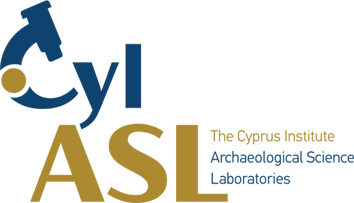Environmental Archaeology focuses on the study of the landscapes inhabited by past human populations and the economies they constructed, based on preserved organic remains, geomorphological and geological phenomena. Environmental archaeology studies interconnections between people, plants, and animals within an environmental nexus, which includes soil, air, water, manure, ashes and charcoal, bones, and any number of other components of an overall natural or cultural environment.
The main research strands within Environmental Archaeology (archaeobotany, zooarchaeology and geomorphology) have historically focused on two key themes. Firstly, to establish an accurate baseline for natural processes of climate change, and secondly to establish how humans affected environmental systems in the pre-industrial period, including to clarify how climate and environmental change influenced agricultural practices and food security on a regional scale over time. In this way, it is possible to interpret human adaptation to local environments on a global scale. The study of Environmental Archaeology is relevant to the present and the future as it offers robust datasets of information on successful or unsuccessful agricultural and land use systems in the past, that are directly relevant to assessing the sustainability of such systems in the present and the future.


